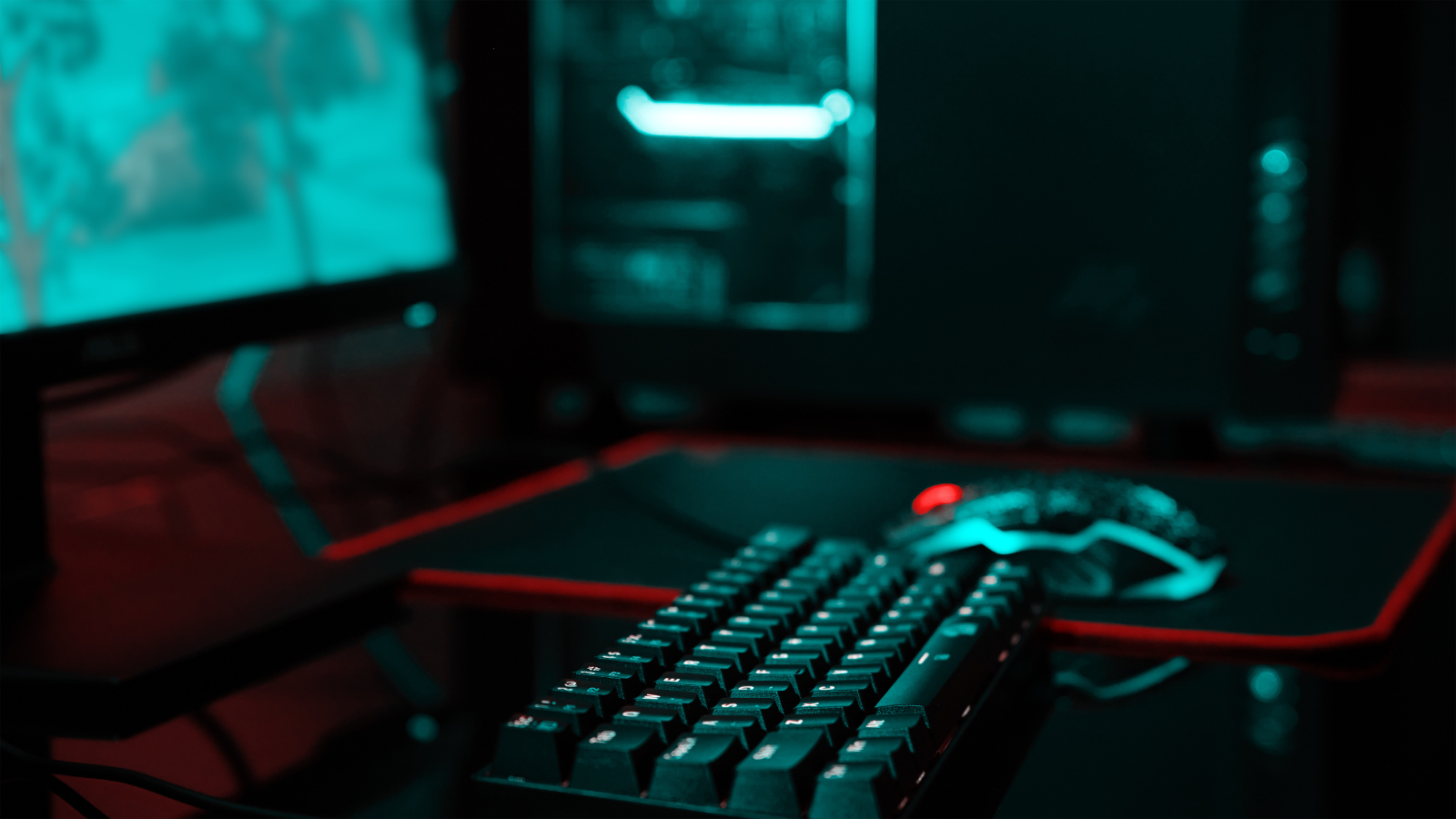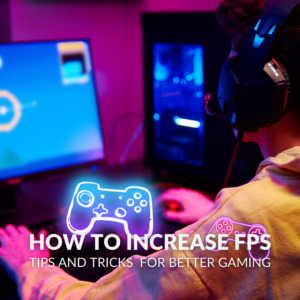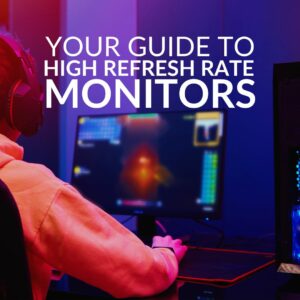When it comes to gaming, having a high FPS will only get you so far without the refresh rate to back it up. In this article, we’re explaining all the differences between 60Hz and 120Hz.
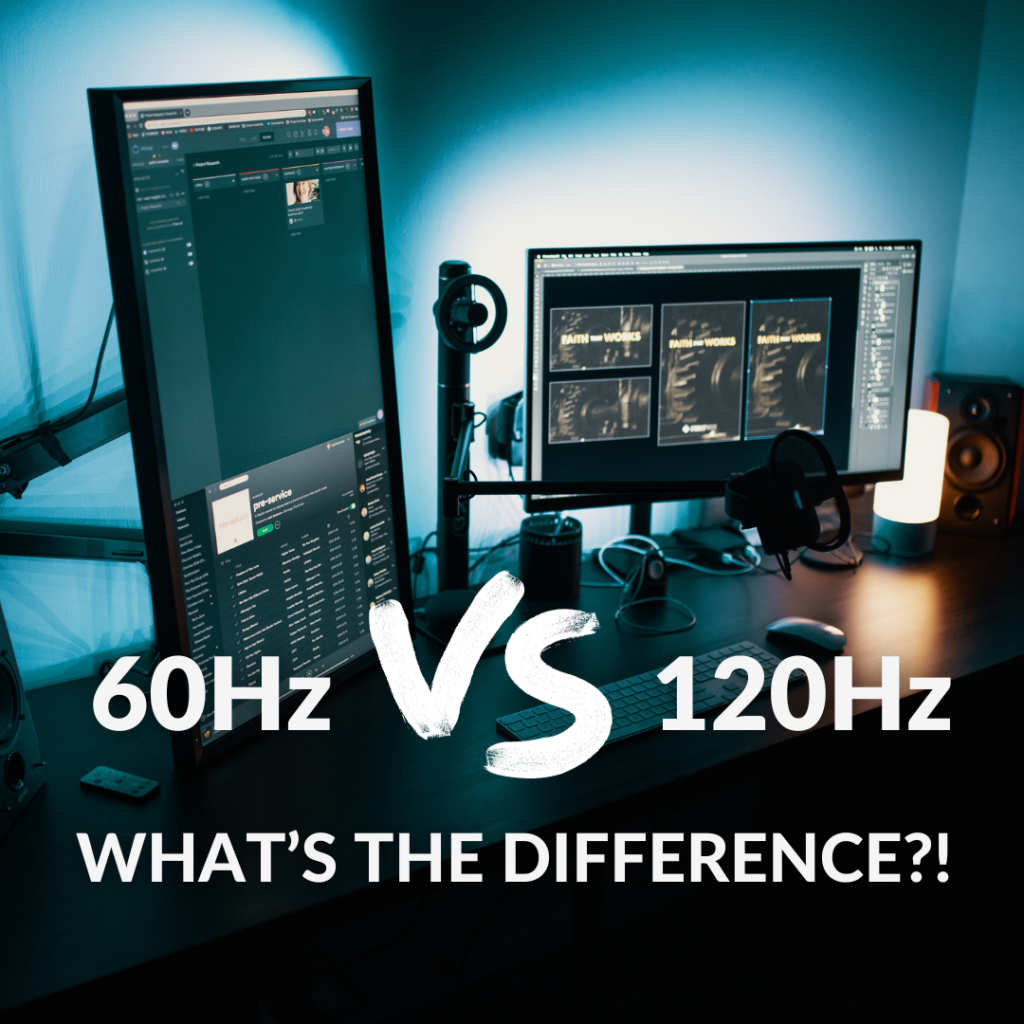
We’ve all been there. You’ve just built a brand-new gaming PC for the first time, and whilst you’ve got FPS to spare, you’re still stuck with Dad’s old 60Hz Dell monitor. But does refresh rate really matter all that much?
The Basics
Okay, before we go any further, let’s get the simple stuff out of the way. What is a monitor Refresh Rate?
Refresh rate refers to the number of times per second that a display refreshes an image. It is measured in Hertz (Hz), with one Hertz equal to one cycle per second. Essentially, a monitor’s refresh rate is simply how many frames the display can render in one second, with each frame consisting of a complete image. For example:
- A monitor with a refresh rate of 60Hz refreshes the screen 60 times per second.
- A monitor with a refresh rate of 120Hz refreshes the screen 120 times per second.
Does Monitor Refresh Rate Affect FPS?
Your monitor’s refresh rate and your gaming PC’s FPS (frames per second) are interlinked but not in the way you might assume. Having a 60Hz, 120Hz, 144Hz, or even a 360Hz monitor won’t change the amount of FPS your gaming PC can produce, but it will change how it looks.
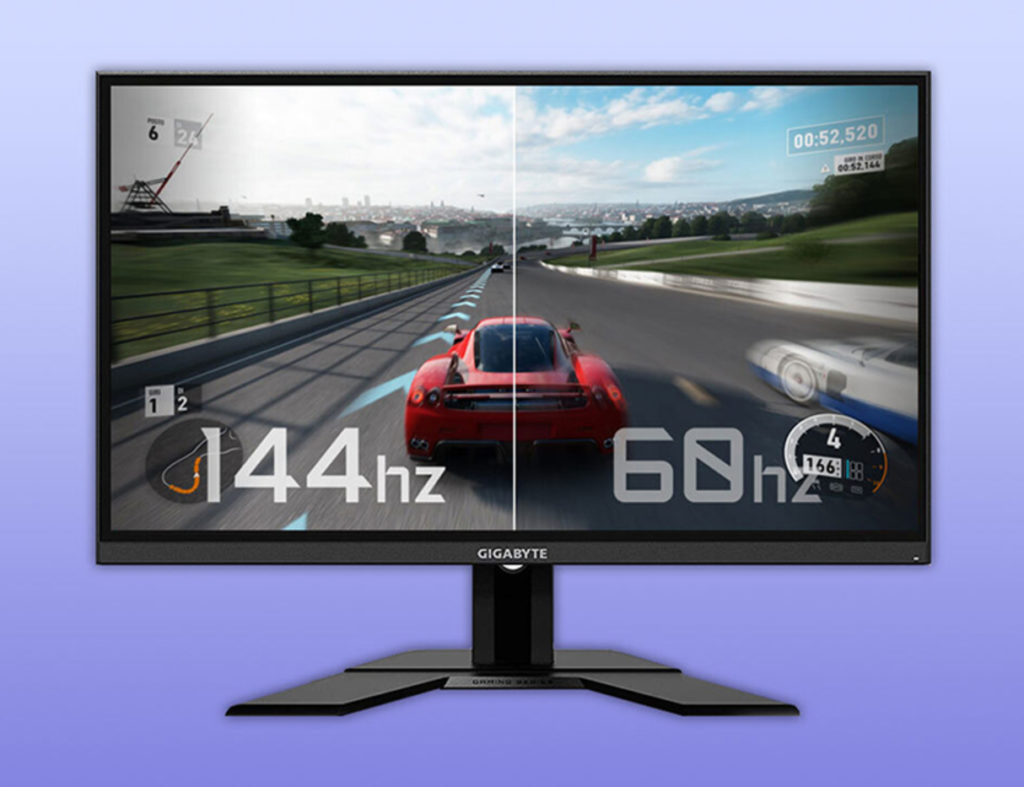
Since a monitor’s refresh rate is simply the number of times the display refreshes and redraws every pixel per second, a 60Hz monitor is only capable of displaying 60FPS. However, aiming for slightly higher FPS in games such as 70 or 80FPS can help reduce motion blur and provide a potentially smoother gaming experience by allowing extra leeway for dropped frames or stuttering.
We all want more FPS, right? In this guide, we’re covering all the steps you can take to get more performance out of your gaming PC.
60Hz: The Traditional Workhorse
The long-standing staple of PC gaming, until the last decade, 60Hz has been the standard for almost all gaming setups. However, thanks to the huge generational leaps in gaming performance, graphics, and overall gameplay mechanics, higher refresh rates are more prominent than ever.

60Hz gaming monitors are still a great choice for casual gamers, multimedia use, and even FPS gaming on a budget.
120Hz: Elevating the Gaming Experience
Now, let’s shift our attention to the more advanced counterpart – the 120Hz refresh rate. For competitive gamers and those seeking an immersive gaming encounter, the advantages of a 120Hz refresh rate become apparent. The increased frame rate translates to quicker response times, a critical factor in fast-paced gaming scenarios where split-second decisions can be decisive.
High refresh rate monitors come packed with plenty of gaming essentials, designed to notably enhance both your performance and in-game immersion. No matter what type of games you play, a high refresh monitor is the ultimate choice for those looking to enjoy crisp high-definition visuals with no display stutter.
Do I need more than a 60Hz Monitor?
This depends on what sort of games you intend to play. If you’re into casual games such as RPGs, racing, and even RTS titles, then a higher refresh likely won’t impact how you play. However, for competitive gaming, esports, and first-person shooters, there is a significant advantage to be had with a high refresh rate monitor of 120Hz, 144Hz, 240Hz, or even 360Hz!
TL;DR What Are the Benefits of a High Refresh Rate Monitor?
Better Motion Resolution: One of the main advantages of a higher refresh rate monitor is improved motion resolution. Simply put, this is the perceived sharpness of a moving image. To create a moving image, your brain blends different frames together. A high refresh rate monitor helps create more detail by providing more information to our brains.
Less Screen Tearing: Screen tearing is caused by a difference in monitor refresh rate and PC FPS. When your frame rate exceeds the monitor’s refresh rate, screen tearing can occur. This is when half frames appear on the screen momentarily. Whilst they last less than a second, it can be a huge distraction, especially for gamers. Increased Responsiveness: Your monitor’s refresh rate also affects input lag. This is the delay between the monitor receiving a signal and it being displayed on the screen. For example, the input of a 60Hz monitor will never go below 16.67ms, since that’s the amount of time it takes to pass from one refresh to the next. In contrast, a 240Hz monitor will cut that time to 4.17ms. This might not seem significant, but it is an important consideration for hardcore gamers who want their games to run as smoothly as possible.
What Refresh Rate Do You Game At?
60Hz, 120Hz, 144Hz, 240Hz, 360Hz or even higher! There’s plenty of super high refresh rate monitors to choose from at Overclockers UK. What’s your sweet spot for FPS and monitor refresh rate? Make sure to let us know down below.
